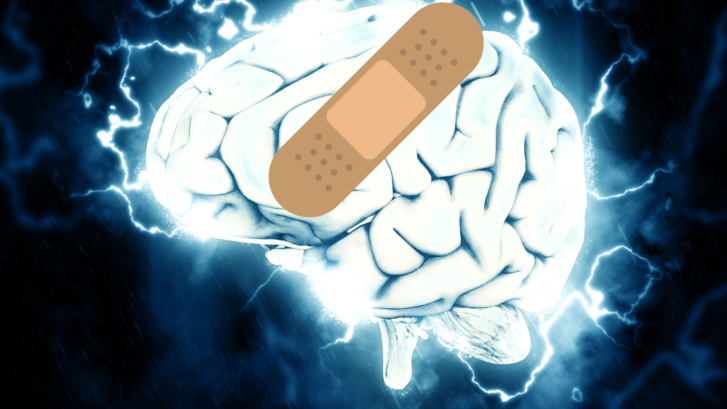The Brain and the Body
The Brain and the Body
The mind is an intricate masterpiece. With it, we are able to create and analyze art, solve problems, find connections, and most incredibly, power the amazing machine that is the human body; essentially, a self-healing, regenerating computer with the power to affect lives and create communities. However, there is always deep concern that it may break due to injury, thus affecting how the body moves and acts. Before we can understand how brain injuries can change the body, we need to have a basic understanding of the parts of the brain that control movement. We will look at two parts of the brain in particular.
Class is in Session
The Cerebellum: Located in the base of the brain. Meaning “Little Brain,” it contains around 50% of the neurons in the brain, and is the most significant contributor to motor function in the body. Synapses are formed within the cerebellum that travel through the motor cortex and into the spinal column. The designated functions of the cerebellum are entirely motion oriented, and it operates at an unconscious level. The cerebellum also controls and maintains equilibrium and balance, influences posture, influences muscle tone, and helps to coordinate movement. It consists of a highly complex layer of cortex beneath a layer of white matter. It also plays a role in regulating neurotransmitter circuits for norepinephrin and serotonin.
The Basal Ganglia: Located in the left side of the skull. These structures have a vital impact on movement, as they affect and control balance, posture, and fine motor skills. Damage to the basal ganglia can occur in the development of various conditions that can have an intense physical impact.
Types of Injuries
Now that we have a better understanding of the brain and the body, now it’s time to look at some common causes of brain injuries:
- Physical damage via violence, motor vehicle collisions, or other forceful incidents.
- Stroke or other form of internal bleeding.
- CTE or other sports injuries.
- Lack of oxygen.
- Exposure to poisonous pollutants.
- Shaken baby syndrome.
How Brain Injuries Can Affect the Body
Over 200 years ago, scientists began studying the cerebellum by comparing differences in behavior after sustaining cerebellar damage. They found that cerebellar damage caused people to experience intense difficulties with walking, maintaining balance, and fine motor control. Cerebellar damage also causes difficulty with understanding of spatial awareness and time. As a result, damage to the cerebellum can have devastating effects that could lead to paralysis or other intense quality of life issues.
While damage to the cerebellum can lead to paralysis, damage to the basal ganglia can result in various physical ailments characterized by spontaneous movement. This includes, but is not limited to:
- Athetosis: Involuntary, slow, writhing movements. Intense pain and increased symptoms with controlled movement or attempts to improve posture. People suffering from atheosis also experience difficulty speaking and are unable to stand.
- Chorea: Irregular involuntary movements, unexpected muscle contractions, rhythmic jerking, and abrupt involuntary movements.
- Dystonia: Causes the muscles to involuntarily contract and twist.
Rehabilitation
The human brain is capable of incredible miracles. Through rehabilitation and neuroplasticity, the brain’s incredible ability to heal itself, there are paths forward.
There are 5 popular forms of rehab for brain injuries:
- Acute Rehabilitation: Occurs immediately after the brain injury. Usually occurs in a specific unit of a trauma hospital or other inpatient settings. Focused on regaining the ability do the activities of daily living.
- Post-Acute Rehabilitation: Occurs in a transitional rehab facility. This therapy is aimed at helping the patient regain their independence. Sessions usually last up to 6 hours at a time.
- Sub-Acute Rehabilitation: Designed for patients that need less intensive care or are further along with their rehabilitation.
- Day treatment: Structured group setting physical rehab. This form of treatment is the stage between inpatient and outpatient rehab. It allows patients to return to their homes at night.
- Outpatient therapy: This form of care usually follows all other forms previously listed. It’s usually for patients who have made remarkable progress or whose injuries weren’t too intense to begin with. This kind of treatment also includes performing exercises at home.

